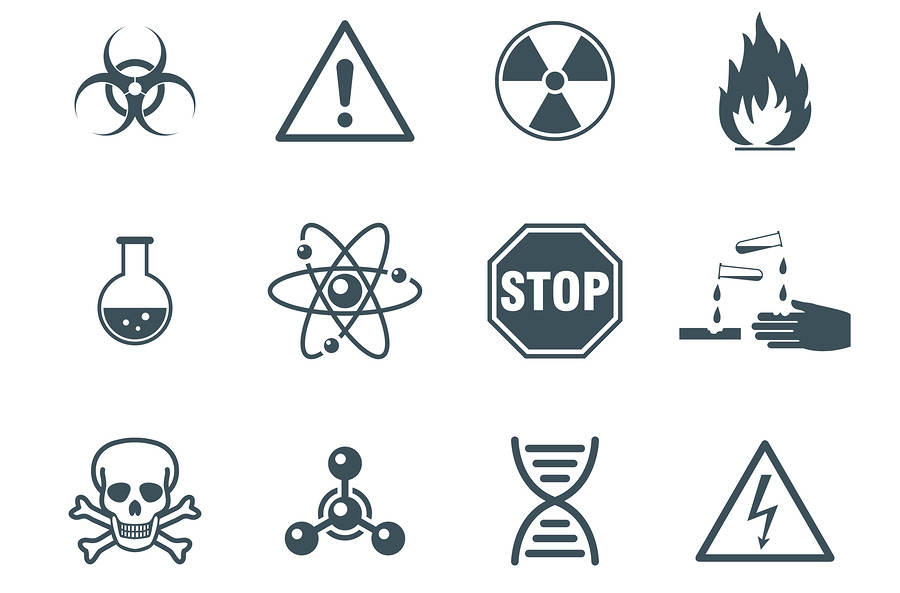What is a SDS – Safety Data Sheet? A detailed breakdown

If you or your employees work with hazardous chemicals then a Safety Data Sheet (SDS) must be easily accessible and outline the chemical’s hazards and how to store, work with and dispose of the chemical safely.
Safe Work Australia states that the SDS must also outline any potential health, first aid and emergency response and firefighting measures as well as transport information, the chemical’s stability, potential reactivity and its environmental effects.
It must also be in English and contain the name, Australian address and business phone number of either the manufacturer or the importer as well as an emergency phone number – preferably one that operates out of hours.
The SDS should be written in simple, clear and precise language, without jargon, acronyms or abbreviations. Vague and misleading expressions should not be used.
When is a SDS (Safety Data Sheet) Required?
Almost every hazardous chemical requires a SDS. The manufacturer or importer of the chemical is legally required to prepare a SDS on that chemical and provide it to businesses, workers or anyone who is likely to be affected by the chemical or asks for the SDS.
Businesses are required to keep a copy of the SDS for any chemical they use and it must be readily accessible to anyone using, handling or storing the chemical at the workplace, as well as emergency service workers and anyone else who may be exposed to the chemical.
It must be reviewed by the manufacturer, importer or supplier at least once every five years and updated when necessary to ensure it is correct and current. The SDS must state the date it was last revised and if it is out of date, businesses should request a current SDS from the chemical’s manufacturer, importer or supplier.
Where nanomaterials are used, a SDS should be provided unless there is evidence that the nanomaterials are not hazardous.
Where an SDS is NOT Required:
Businesses do not require a SDS when hazardous chemicals are in transit or if the business is a retailer and the hazardous chemical is a consumer product intended for household use.
Furthermore, non-hazardous chemicals do not require an SDS. You can determine if a chemical is classified as hazardous with Safe Work Australia’s Guidance on the Classification of Hazardous Chemicals.
Other circumstances where a SDS is not required include:
- chemicals in batteries while they are incorporated in plant
- fuel, oils or coolants in a container fitted to a machine or device and intended for its operation
- fuel in the fuel container of a domestic or portable fuel burning appliance that does exceed 25kg or 25 litres
- hazardous chemicals in portable fire-fighting or medical equipment for workplace use
- hazardous chemicals integrated with a refrigeration system or freight container
- food and beverages intended for human consumption
- therapeutic goods at the point of administration or intake
- veterinary chemical products at the point of administration to animals
- tobacco or products made of tobacco








































































